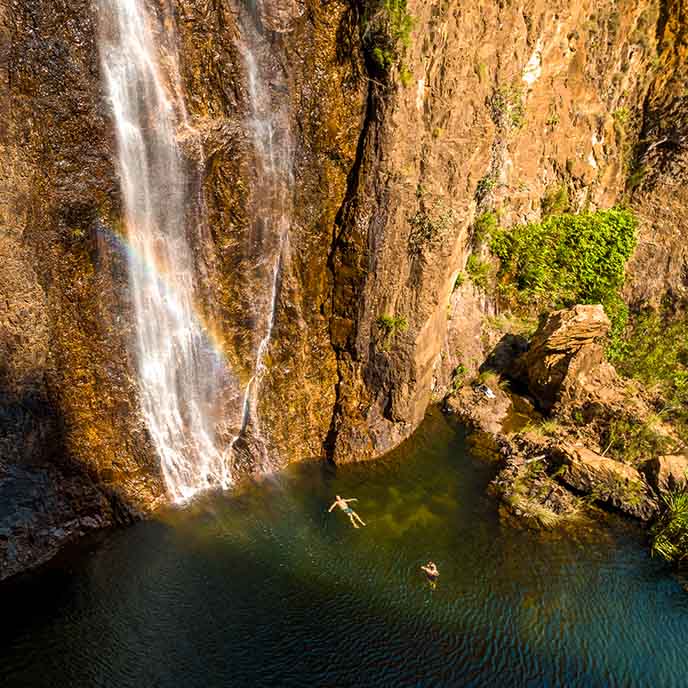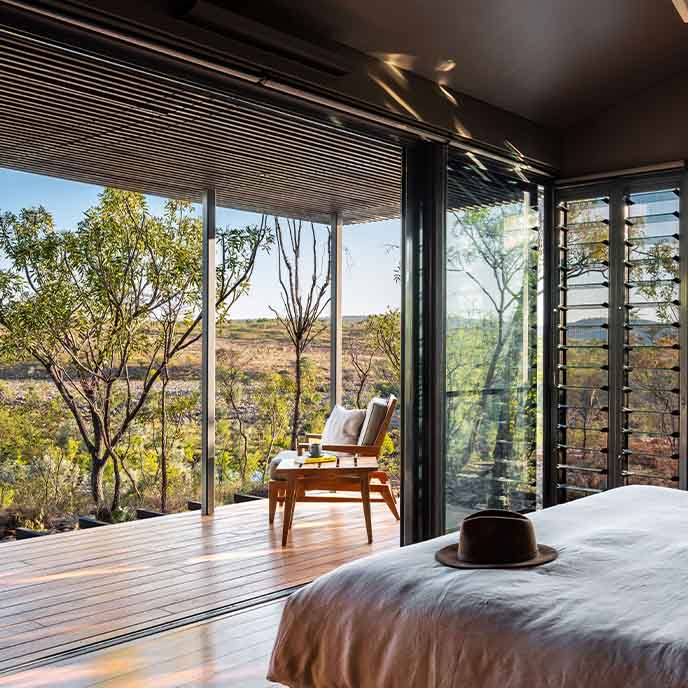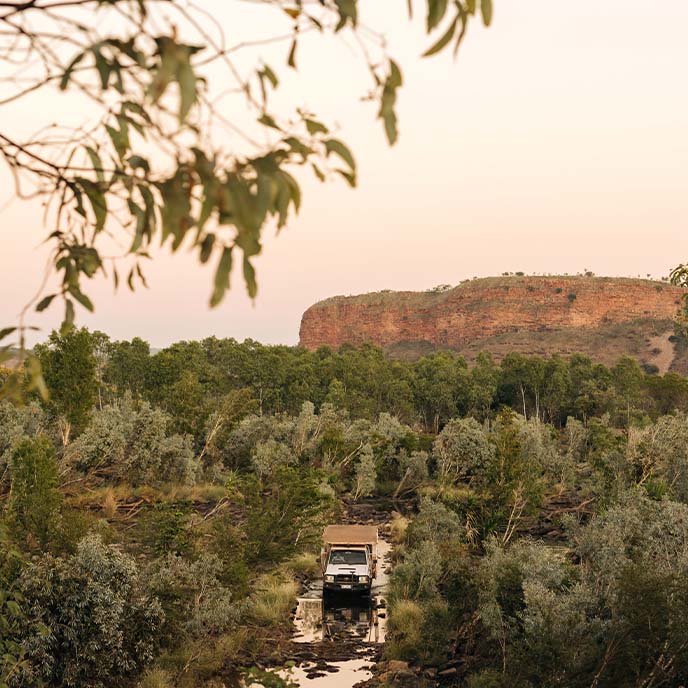Located on the northern-most part of Western Australia and covering some 421,451 square kilometres (approximately 261,000 miles), The Kimberley is an area three times the size of England and three fifths the size of Texas (USA).
Set amongst 700,000 acres and 100km from the nearest town, the luxury of El Questro Homestead sits in stark contrast to the rugged landscape.


